Attributed to Mathieu Matégot, the teak shelf seems to have been replaced but is indeed period.
The lampshade or reflector is made of methacrylate, small lack of material inside, not visible on the outside (see image).
New electrification, black fabric cable, floor switch.
Pick-up:Free
Belgium Delivery:50€
France Delivery:100€
Europe Delivery:200€
Worldwide Delivery:On request
Biography:
Mathieu Matégot (1910-2001) was a Hungarian/French designer and material artist. He was one of the most renowned French designers of the 1950s. He studied at the Budapest School of Fine Arts and Architecture between 1925 and 1929 before settling in France in 1931. He created decorations there for the Folies Bergère, the display at Galeries Lafayette, the creation of dresses for women and, in the late 1930s, the creation of tapestries. In 1933, he began creating his first examples of rattan furniture mounted on metal frames. After the Second World War, in Paris, he was now naturalized French and created a workshop manufacturing handcrafted furniture from various materials such as metal, rattan, glass, formica, perforated sheet metal... There manufactures furniture (chairs, tables, sideboards, desks, etc.), objects and lighting (lamps, floor lamps, etc.) that he designed. The workshop will then move to Casablanca. Matégot designed the three-legged "Nagasaki" chair in 1954 and the "Copacabana" armchair (1955/1956), both in steel tube and perforated sheet metal, characteristic materials which Matégot was the first to use. The Nagasaki chair is now kept in the design collection of the Museum of Decorative Arts in Paris. The Copacabana armchair is part of the design collection of the Center Georges Pompidou, Beaubourg, Paris...








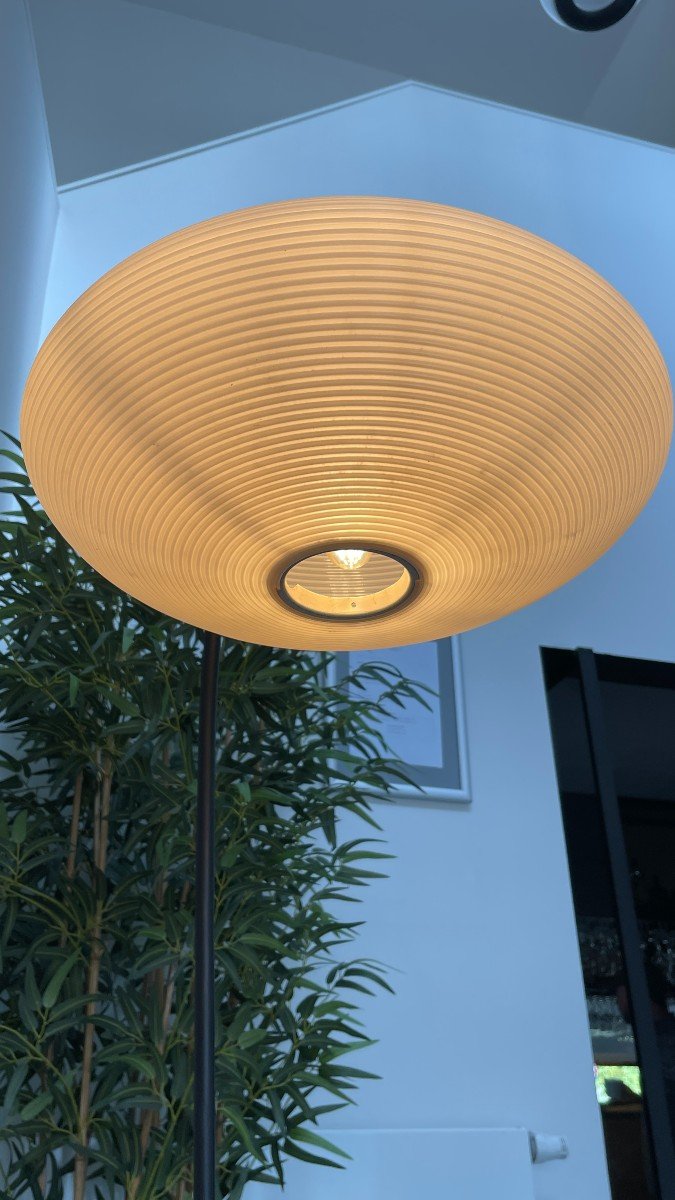


















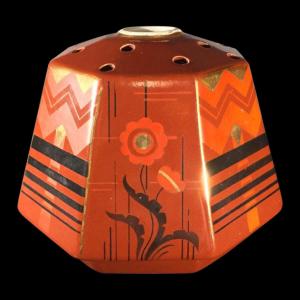

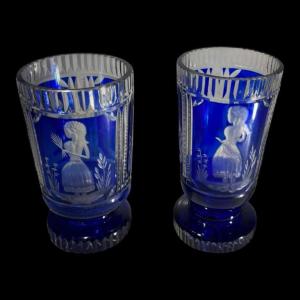



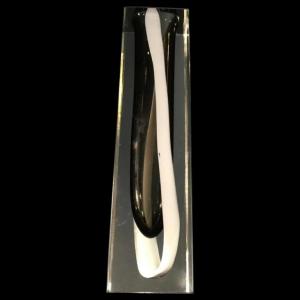



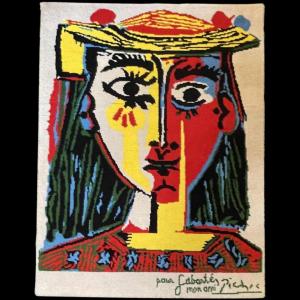
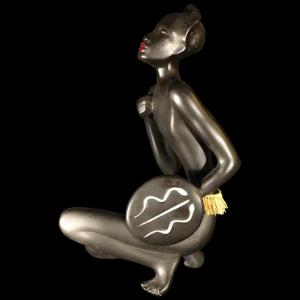




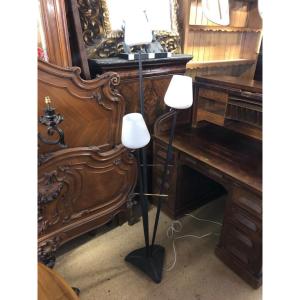

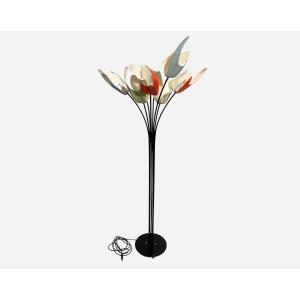
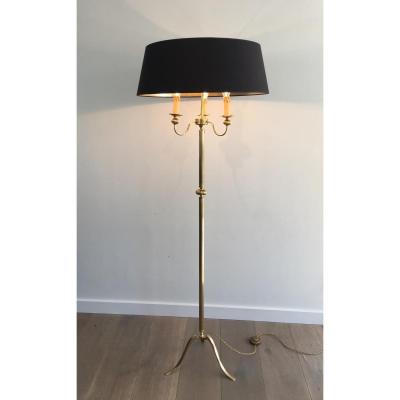



 Le Magazine de PROANTIC
Le Magazine de PROANTIC TRÉSORS Magazine
TRÉSORS Magazine Rivista Artiquariato
Rivista Artiquariato